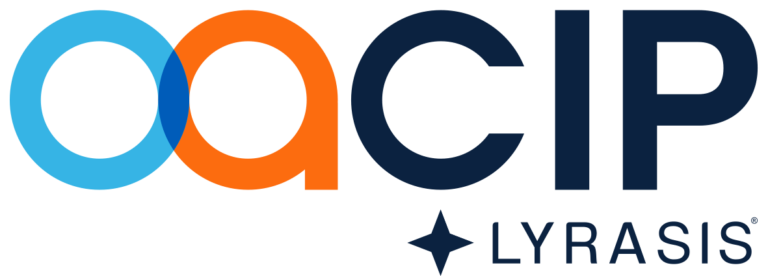The Canadian Journal of Bioethics is a peer-reviewed, bilingual (French and English), international, open access academic journal that publishes theoretical, conceptual and empirical research in bioethics. The aim of the journal is to provide a space for the publication of high quality and thought provoking bioethics scholarship of diverse forms.
ISSN: 2561-4665; Sherpa-Romeo
DOI: 10.7202/bioethics
Learn more about the journal
















_smaller.png)

